With the pandemic still raging in the Philippines, movie theaters are bound to stay closed for at least the rest of the year. But despite that, the upcoming release of Rurouni Kenshin Saishūshou The Final/The Beginning brings me a lot of excitement and anticipation. Even though the movies aren’t likely to be shown in the Philippines for some time, any news surrounding the final chapter of one of the best Live Action adaptations of a manga property has been one of the few bright spots for me during these very tough times.
Rurouni Kenshin is one of my favorite stories of all time. Written by Nobuhiro Watsuki for Weekly Shõnen Jump from 1994 to 1999, it is one of the most recognizable titles due to the popularity of both the manga and its anime adaptation. It combines elements that I liked: historical setting, feudal Japan, sword-fights, and a fun and engaging story. It basically what got me through high school and college. Its popularity remaind strong even after its writer was found guilty of possession of child pornography.
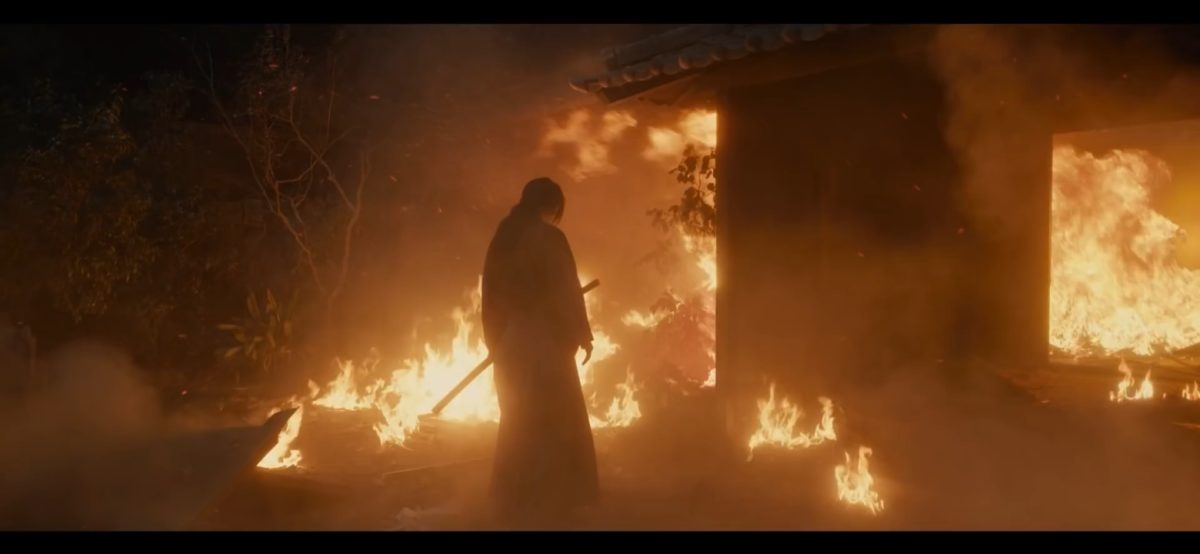
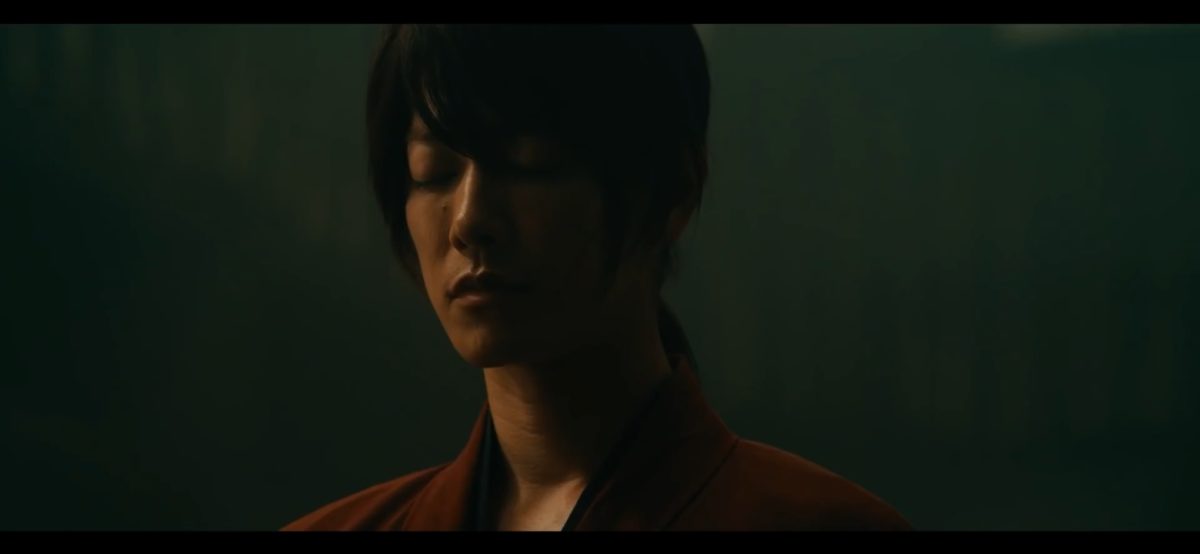
The two supposedly final movies are taken from the Jinchuu arc: “The Final” shows Kenshin battle his personal demons in the form of Enishi Yukishiro, the brother of his wife Tomoe, who he killed with his own hands. “The Beginning” serves as a prequel showing Kenshin as Hitokiri Battosai and explores the origins of his cross-shaped scar. The Jinchuu arc was the only part of the manga’s original run that wasn’t adapted in the anime series, and with only parts appearing in the OVA “Reflections”.
If the Kyoto arc (Kyoto Inferno/The Legend Ends) dealt with the darker effects of the legend of Battosai, the Jinchuu arc was a much more personal story. It deals with the roots of Kenshin’s quest for redemption and forgiveness. In the manga, every enemy Kenshin had in this arc had a personal grudge against him. While it is not clear if the movie will preserve that part of the narrative, it at least has Enishi himself whose grudge against Kenshin wasn’t just personal, it was actually justified.
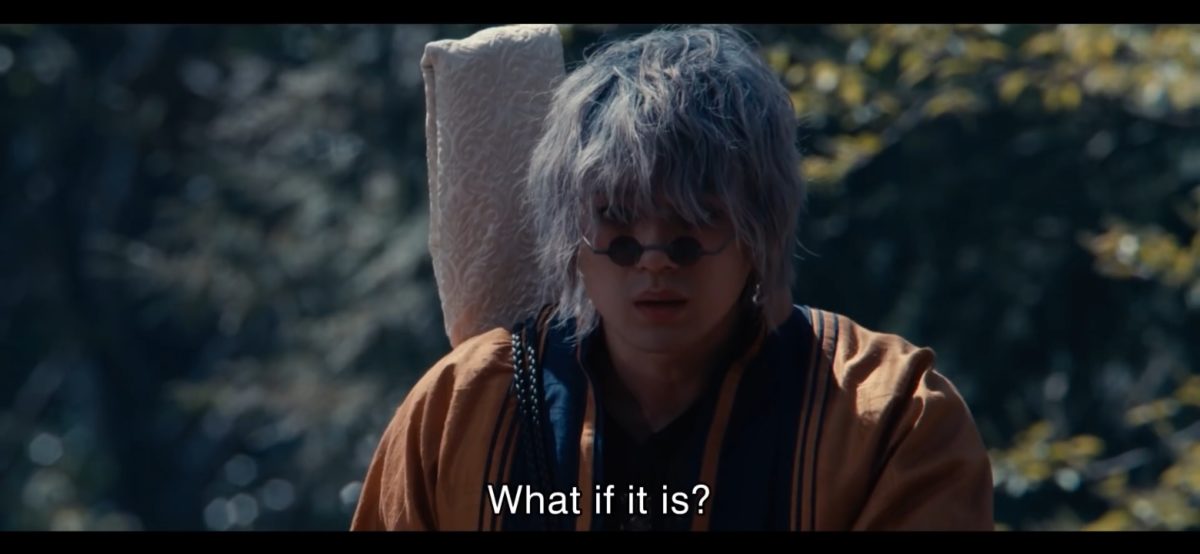

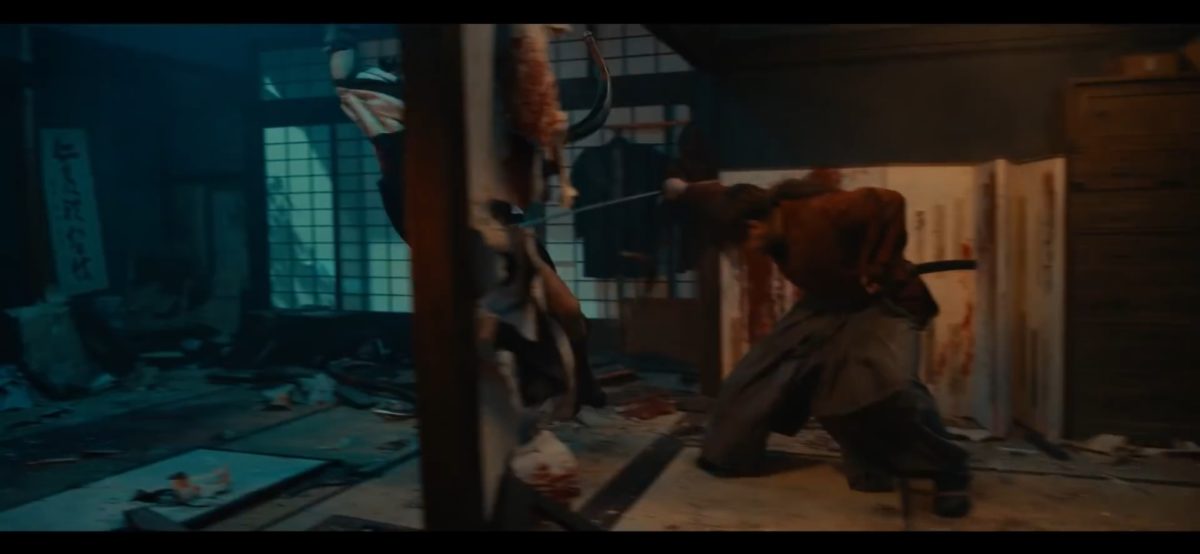
As far as film adaptations of manga goes, the Rurouni Kenshin films were considered a great success. While its cultural impact is certainly not on the level of Zatoichi or Lone Wolf and Cub, it is massively popular in its own right. It even revived enough interest in the property that series creator Watsuki was able to write a new chapter called the Hokkaido arc which is currently running. In a country where manga to live-action adaptations are quite common, Rurouni Kenshin manages to stand apart because it has managed to create its own continuity and have high production values, while remaining authentic to the source material. While short cuts and liberties were done in order to make the material fit in a two-hour movie, it still possessed the same soul.
For actor Takeru Satoh, who played Kenshin on all the films, not only did he fit the role physically, he was able to translate Kenshin’s mannerisms and sheer athleticism effectively on the big screen. He did the role justice so well that a lot of people I have talked to who didn’t like the films at least liked Satoh’s portayal of the character. My admiration for him significantly increased when I watched his behind-the-scenes special “Road to Kenshin“, which chronicles his journey in filming some of the difficult stunts throughout the past three movies.
I am personally impressed to find out that Satoh has tried to do a lot of the stunts himself. Of course he must have had stunt doubles especially for reshoots where he wasn’t available. But it is safe to assume that he did most of them himself.

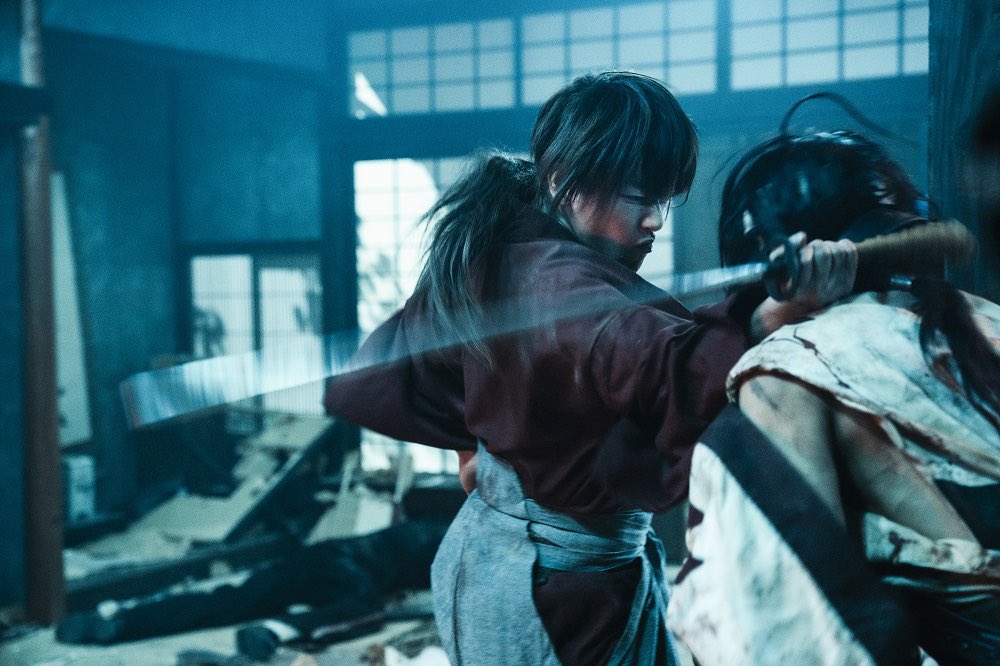
He is still young at 32, but the stunts haven’t exactly been a walk in the park. You can see the exhaustion on his face sometimes. Mind you, though he is very athletic for a Japanese actor, and the whole stunt crew helped him do those stunts in a controlled environment, he still must have had to have exceeded some limits. It made me think of how important this role must have been to him to have to go through that. Sure he got paid for the role pretty well, but production crews use stunt doubles for a reason: it’s never good to have an actor injure himself during filming. It can cause schedule delays, and depending on the injury, it might have an impact on the actor’s ability to work in the future.
Below are the links to Road to Kenshin. We will update this article once new episodes are released. They are best played on a browser with auto-translate captions turned on.


